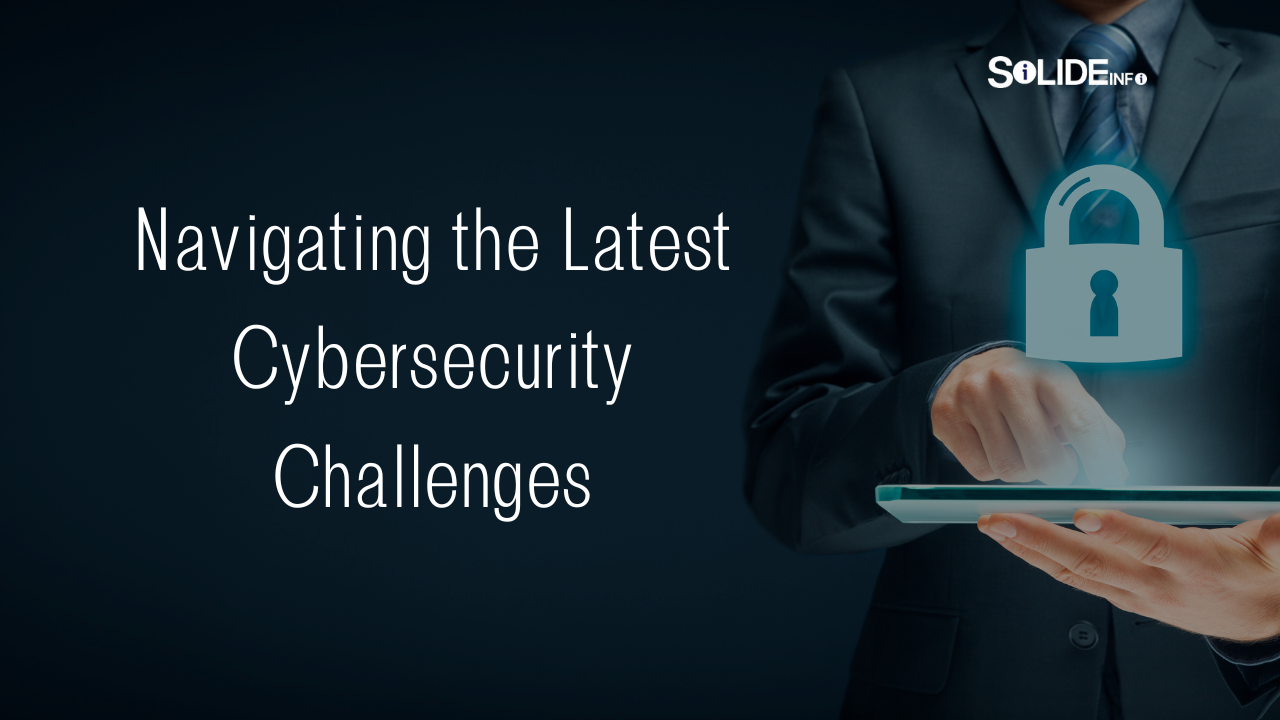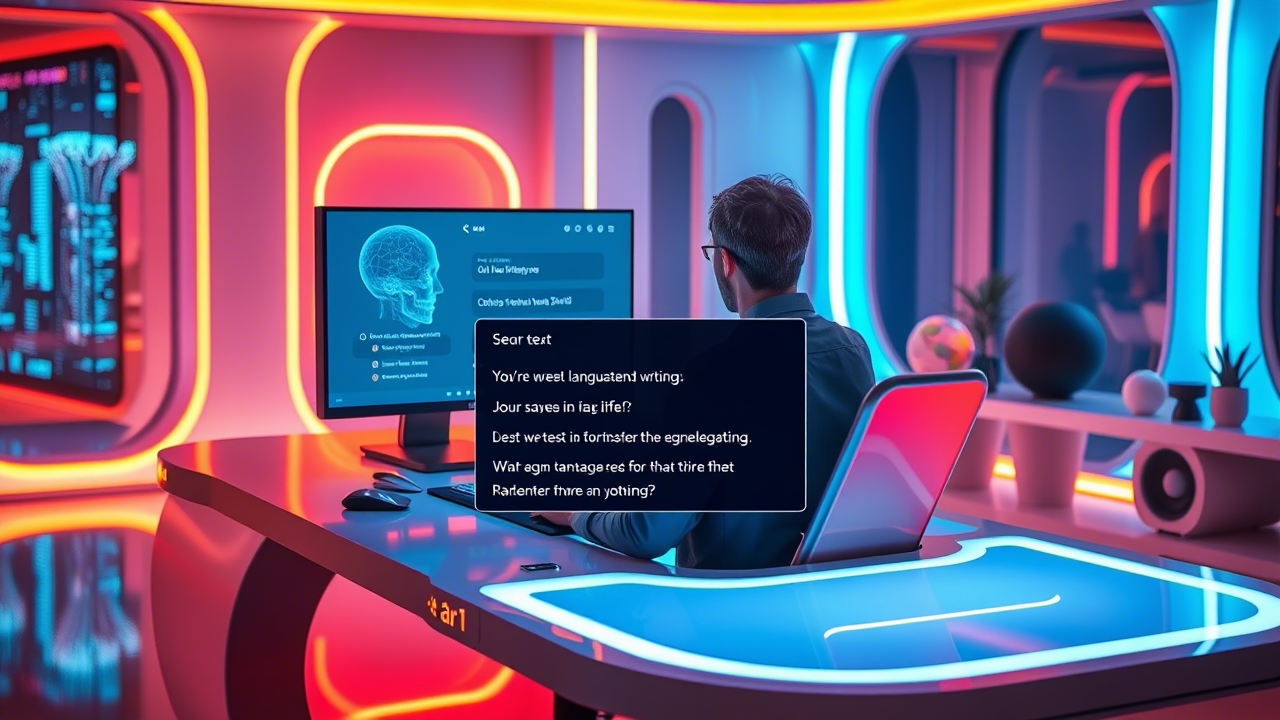Navigating the Latest Cybersecurity Challenges: Emerging Threats and Proactive Strategies

Imagine this: Your business is thriving, customers are happy, and your team is firing on all cylinders. Then, overnight, a ransomware attack locks your systems. Customer data is held hostage, operations grind to a halt, and the cost of recovery spirals into six figures. Unfortunately, this scenario is no longer rare—it’s the reality for thousands of organizations worldwide. As cyber threats grow more sophisticated, staying ahead requires more than firewalls and antivirus software. It demands a deep understanding of the latest cybersecurity challenges and a strategy that evolves as fast as the threats themselves.
From AI-driven phishing campaigns to supply chain vulnerabilities, the digital battlefield is shifting. According to Nomios’ 2024 Threat Report, 78% of businesses experienced at least one cyber incident last year, with many lacking the tools to detect breaches early. Meanwhile, Embroker’s analysis highlights how ransomware gangs are now targeting mid-sized companies, knowing they’re often underprepared. So, how can organizations defend against these evolving risks? Let’s break down the most pressing threats—and the proactive steps you can take to mitigate them.
AI-Powered Threats: The Double-Edged Sword of Innovation
Artificial intelligence has revolutionized industries, but cybercriminals are leveraging it too. Tools like ChatGPT and open-source AI models are being weaponized to craft hyper-personalized phishing emails, mimic executive voices in deepfake calls, and even write malware code. For example, a recent campaign used AI-generated video calls to trick finance teams into approving fraudulent wire transfers, netting attackers over $25 million.
The challenge here isn’t just the technology itself—it’s the speed. AI allows hackers to automate attacks at scale, testing thousands of phishing lures or exploiting vulnerabilities faster than human teams can respond. As noted in CISA’s 2024 Alert, defending against these threats requires equally agile solutions. Think AI-powered threat detection systems that learn from patterns and flag anomalies in real time. Companies like Darktrace and CrowdStrike are already integrating behavioral AI to spot suspicious logins or data exfiltration attempts before damage is done.
But there’s a silver lining. AI also empowers defenders. For instance, tools like Microsoft Security Copilot analyze vast datasets to predict attack vectors, while startups like SentinelOne use AI to automate incident response. The key is balancing innovation with vigilance—adopting AI defensively while training teams to recognize its malicious applications.
Supply Chain Vulnerabilities: When Trust Becomes a Liability

Modern businesses rely on a web of third-party vendors, SaaS platforms, and open-source software. But this interconnectedness creates risk. A single weak link—a compromised supplier, a vulnerable plugin—can cascade into a full-blown breach. The 2023 MOVEit Transfer hack, which exposed data from hundreds of companies via a file-sharing tool, is a stark reminder.
Supply chain attacks rose by 63% last year, per Nomios’ findings, as attackers increasingly target smaller vendors to reach larger victims. For example, hackers infiltrated a popular tax software provider during peak filing season, gaining access to sensitive financial data from thousands of accounting firms.
Mitigating these risks starts with visibility. Tools like CyCognito and BitSight map out your vendor ecosystem, scoring each partner’s security posture. From there, enforce strict access controls—adopting a Zero Trust model ensures third parties only access the data they absolutely need. Contracts should also mandate regular security audits and breach notification timelines. As the NIST Cybersecurity Framework emphasizes, resilience hinges on treating vendor risk as an extension of your own defenses.
Ransomware 2.0: Faster, Smarter, and More Destructive
Ransomware isn’t new, but its latest iteration is more devastating than ever. Attackers now employ “double extortion,” stealing data before encrypting systems. If victims refuse to pay, sensitive files leak on dark web forums. Some gangs even launch DDoS attacks alongside ransomware to pressure targets, as seen in recent strikes on healthcare providers and schools.
What’s changed? Ransomware-as-a-Service (RaaS) kits. These subscription-based tools let even low-skilled criminals launch attacks, with developers taking a cut of the profits. Embroker’s research shows that 43% of ransomware incidents in 2023 involved RaaS platforms like LockBit, which offer 24/7 customer support and profit-sharing models.
To combat this, proactive measures are critical. Regular offline backups remain your best defense—but ensure they’re immutable (unchangeable) and tested frequently. Endpoint detection tools like Huntress can spot ransomware behavior early, such as mass file encryption attempts. Employee training is equally vital; 90% of ransomware attacks start with phishing emails. Simulated phishing exercises, like those offered by KnowBe4, help teams recognize red flags.
The Human Factor: Insider Threats in a Remote Work Era
While external threats dominate headlines, insider risks—whether malicious or accidental—are a silent killer. A disgruntled employee exfiltrating data, a contractor misconfiguring a cloud storage bucket, or a tired worker falling for a phishing scam can all spell disaster. Remote work amplifies this, with personal devices and home networks becoming entry points.
Solutions here blend technology and culture. Data Loss Prevention (DLP) tools like Proofpoint monitor sensitive data movements, alerting to unusual activity. Meanwhile, fostering a “see something, say something” culture encourages employees to report anomalies without fear of blame. The SANS Institute recommends regular security awareness programs tailored to remote work risks, like securing home Wi-Fi or identifying social engineering tactics.
As cyber threats evolve, so must our defenses. Staying ahead means adopting a layered strategy: leveraging AI for real-time detection, hardening supply chains, preparing for ransomware’s worst-case scenarios, and addressing the human element. For deeper insights, explore Gartner’s 2024 Cybersecurity Trends Report or CISA’s Shields Up initiative for actionable guidance. Remember, in cybersecurity, complacency is the real enemy. The best time to fortify your defenses was yesterday—the second-best time is now.



